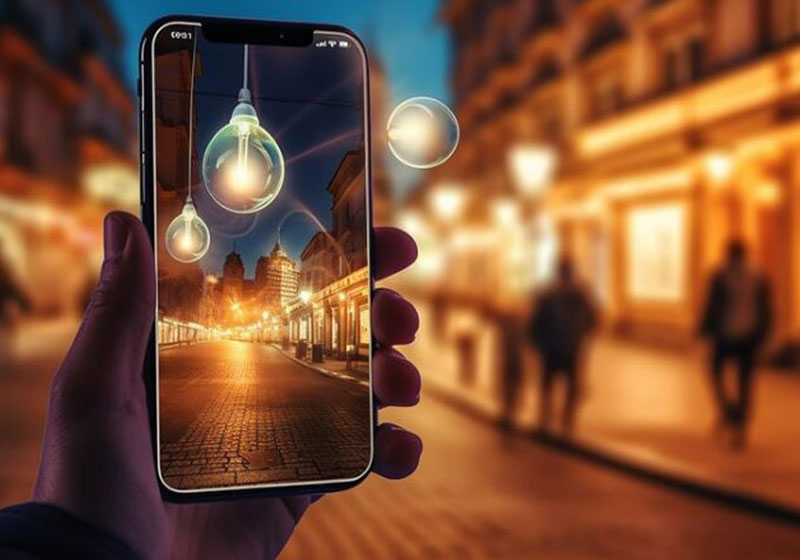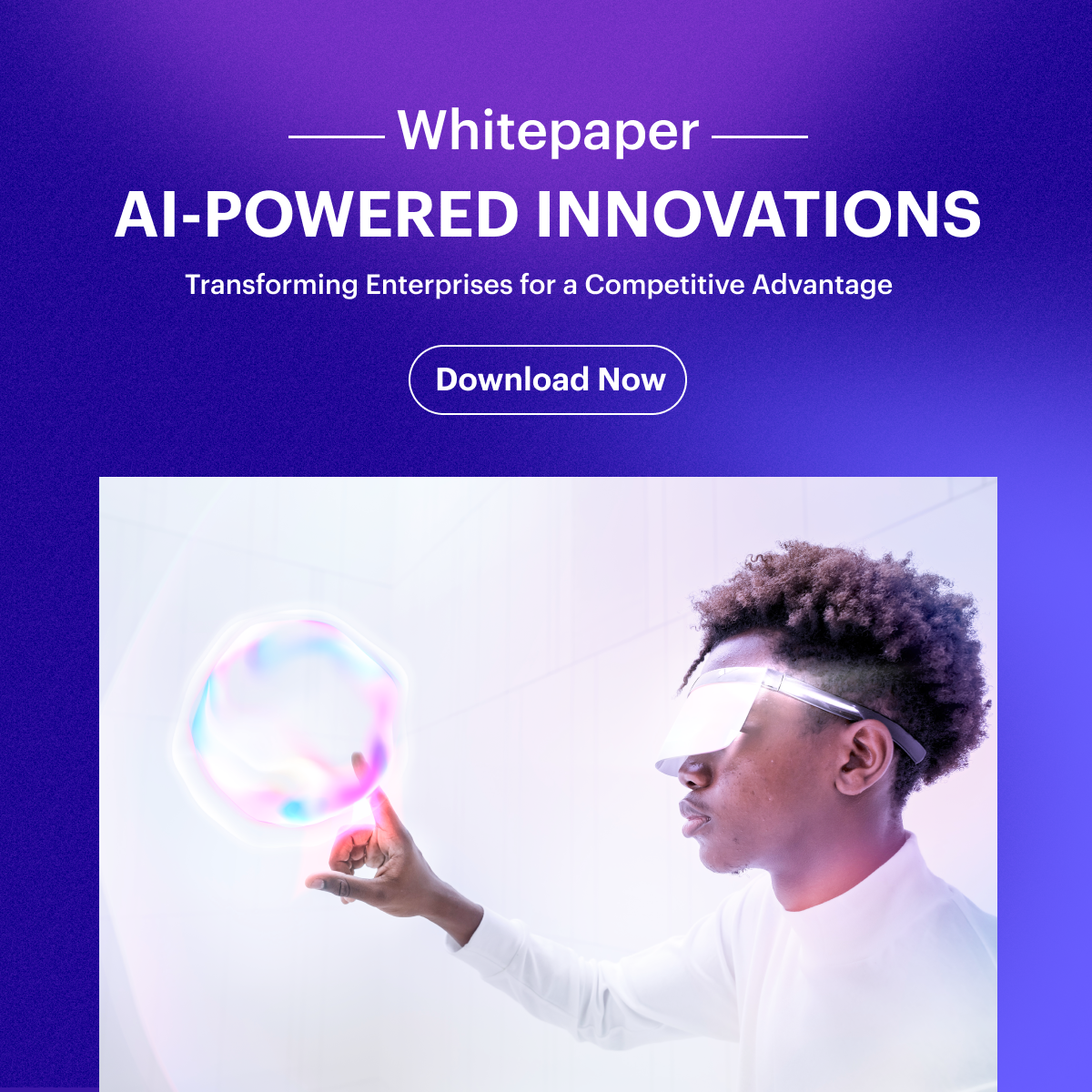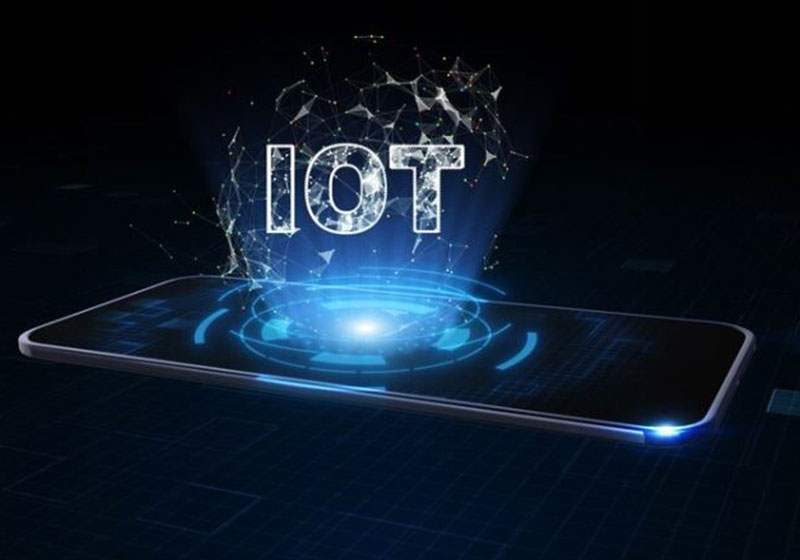Blockchain
Everything You Need To Know About Tokenization
 Updated 01 Nov 2023
Updated 01 Nov 2023

Digital transformation has paved the way for improvements across different sectors, mostly in the field of digital payments. However, with every technical development, there comes some threats. This also applies to this payment technology, which has been witnessing some threats to vital sensitive customer information. Since your data has to pass via numerous points when you are trying to make digital payments, it is quite vulnerable. This is why the tokenization blockchain combination has been approved and accepted as a convenient and worthy approach for keeping data isolated and safe in the ecosystem.
The use of tokens is currently in practice in the payment processing industry to store credit card info without the need to expose any vital data. Besides, its use in the blockchain is continuously making news to convert intangible as well as tangible assets into digital tokens. Now the question is, what does this new age of tokens stand for in the future of blockchain as well as the world? You will get to know about the meaning of tokenization alongside the value it brings by simply referring to these examples mentioned below.
What is Tokenization?
The introduction of blockchain has completely transformed the pattern in which one invests in assets. But how? Now, tokenization is the key answer that people are looking for here specifically. It is the technique of transforming the ownership rights of any asset into a digital token form. For instance, you can transform a building worth Rs. 50 lakhs into a total of 50 lakhs tokens, with every token amounting to about 0.0005% of the building’s value.
Blockchain tokens offer a digital representation of shared or complete ownership for any unit having specific value. The usual application of blockchain tokens is relevant in the settlement and payments of transactions among various participants. Token even provides a depiction of multi-party ownership for assets that are indivisible, like a music video or artwork. Alongside, tokens also offer an easy and reliable exchange of ownership via a blockchain network. Tokenization blockchain combo could open up new possibilities for optimization of certain business processes, which includes multiple partners and the introduction of brand new business modules.
It is important to note here that tokens have been used as a forum to safeguard personal information and are also used in financial services for the transformation of various sensitive information linked to users in the token. However, the use of the tokens is not limited to the financial sector. Even hospitals can use tokens for keeping patient records, whereas government can use them for voter card registration.
How Does Tokenization Work
You must have already got an idea about the meaning of tokenization, which involves the transformation of some assets into tokens. However, you can still come across different types of assets in this world that is difficult to divide and transfer. Thus, you will have to understand the various types of assets you can easily convert into tokens.
1) Intangible Assets
Intangible assets find a place in just legal precedents without any such physical object for representation. Some examples of intangible assets include patents and copyrights. When you wish to tokenize intangible assets, it is a must to ensure that the asset transfer model hitched to the blockchain network is similar to the real-world transfer module.
2) Fungible Assets
These assets are those that are easily replaceable by any similar item. One of the best examples of fungible assets is gold or wheat. It is easy to convert fungible assets into tokens as you can effortlessly divide them into other smaller units. Further, you can even use one token as a representative for a group of fungible assets like a heap of gold. It is important to note that the tokenization algorithm for fungible assets comes with an additional abstraction layer. A set of tokens is also related to a collection of interchangeable asset components.
3) Non-fungible Assets
These assets are the ones that cannot be broken further. Tokenization assists in breaking down these non-fungible assets into some digital shares that you can easily trade either in a limited fashion or in full. The example of tokenization for real estate and artwork reveals the possibilities of effectively converting non-fungible assets into tokens. The transformation of artwork into tokens begins with the launch of an unchangeable digital signature. The tokens offer representation for the artwork while retaining their uniqueness. As a result, you can easily break down these tokens into smaller sub-tokens that can be digitally signed. It is then possible to go ahead with the sale of tokens, just like the shares of original artworks.
4) Implementation of Tokenization
Different assets reveal the inputs you can implement to create tokens with the system based on blockchain. But have you ever wondered, how it is possible to convert real-world assets into tokens? The implementation of tokens considerably depends on smart contracts, which are even referred to as token contracts. These are programs that can assist in verifying business rules along with transferring value from one user’s wallet to another. It is essential to consider that the account-based model, as well as Unspent Transaction Output (UTXO), is presently one of the most preferred choices for implementing smart contracts. While the latter is chosen for cryptocurrencies, the formers are best for the networks that are running on hyperledger fabric and Ethereum. They both come with their benefits.
Reasons for the Popularity of Blockchain-based Tokenization Emergence
Since the dawn of online shopping and e-commerce, retail outlets have started focusing on providing virtual shopping experiences. This practice is widely adopted by retailers like Kohls, Lacoste, Sephora and Uniqlo. Other brands have installed virtual trial rooms for clients and customers. They can try and sample products before buying them, right from the comfort of their homes. With the spread of the Covid-19 pandemic, remote operations have become a way of life. This makes virtual retail experiences even more popular, but more importantly, necessary. Augmented reality is perfectly placed to meet this need.
Operational Efficiency
Operational efficiency is the prime advantage of tokenization blockchain applications. Tokens assist in streamlining the IT systems and infrastructure sharing among all the participants without help. It can thereby reduce transaction costs to a higher extent. In addition, tokenization and even assets also help in automating simple receiving or sending transaction clearance and settlements, ensuring convenient and faster transactions. This helps in improving the management of single transactions efficiently.
Division or Conversion of Assets
The division or conversion of assets into small fractions simultaneously ensures that the ownership of the fractions of assets offers a better advantage for liquidity. Few hurdles to investment in the assets could boost many people to go ahead with it. The tokenization algorithms are likely to assist the sellers in the traditionally illiquid markets for conducting a transaction. Tokens can even showcase the prolific support system for inclusive finance. The investor’s location will never affect his or her access to the financial markets along with some new kinds of assets with tokenization in blockchain applications. For instance, with tokenization- a group of people can together buy a vacation house with ownership agreements deciding who will be using it each week.
Transparency
Transparency is the thing you can rightly refer to when someone is questioning you about tokenization. Blockchain, by default, provides the advantage of transparency, and all the transactions on any single blockchain network are easily accessible to all other network participants. As for physical assets, the worth of transparency offers better traceability at the same time while boosting the trust over ownership and origins of the asset. Thus, tokenization can come up with outstanding advantages in easier and more convenient identification of ownership of a certain asset and the chain of ownership related.
Single Gateway of Truth
The next essential feature in authenticating the growth and prospect of tokenization blockchain applications would simply refer to a single gateway of truth. Organizations end up collecting a significant amount of information for each asset. But interlinking and mapping data points such as license, intellectual property rights, rights to certain products, and product ownership are difficult. Thereby, numerous fragmented information points related to an asset can lead to the creation of avoidable circumstances.
With the assistance of the tokenization algorithm, blockchain can bring up a significant trust factor. This trust factor can work wonders in enabling business partners or competitors to come up and share all their data. Thereby, numerous members of an ecosystem can easily interact with a single digital representation of a particular asset. Slowly but steadily, it can boost efficiency via the value chain and introduce some new approaches available for collaboration. Tokenized assets even assist automation and simplify the process of extensive trading by using smart contracts.
Wrapping Up
The benefits that enterprises enjoy from deciding to tokenize their assets are the prolific reasons for guiding the growth of digital tokens. With an in-depth understanding of tokenization actual meaning and its functions, you can easily get an idea about its use to avail the benefits.
Explore More

Mobile Applications


